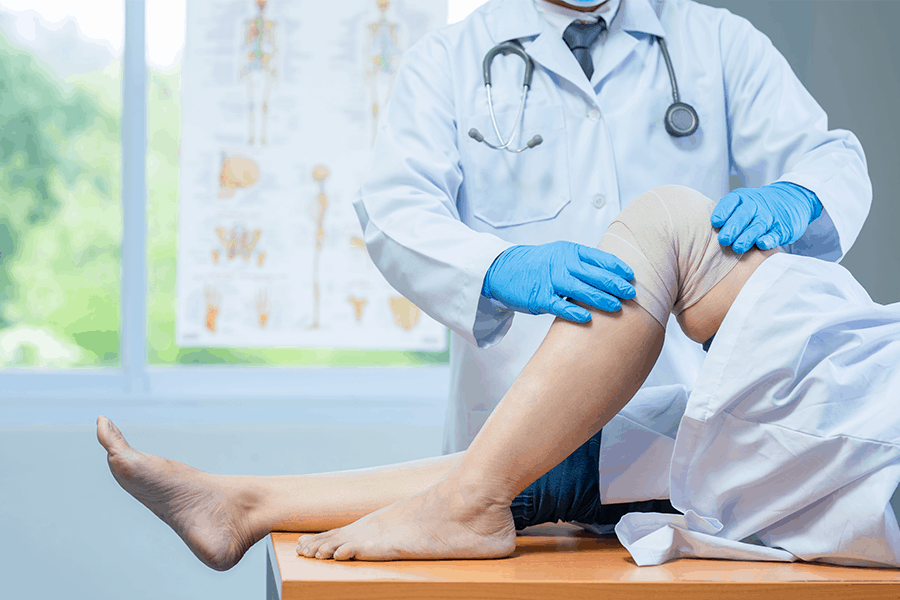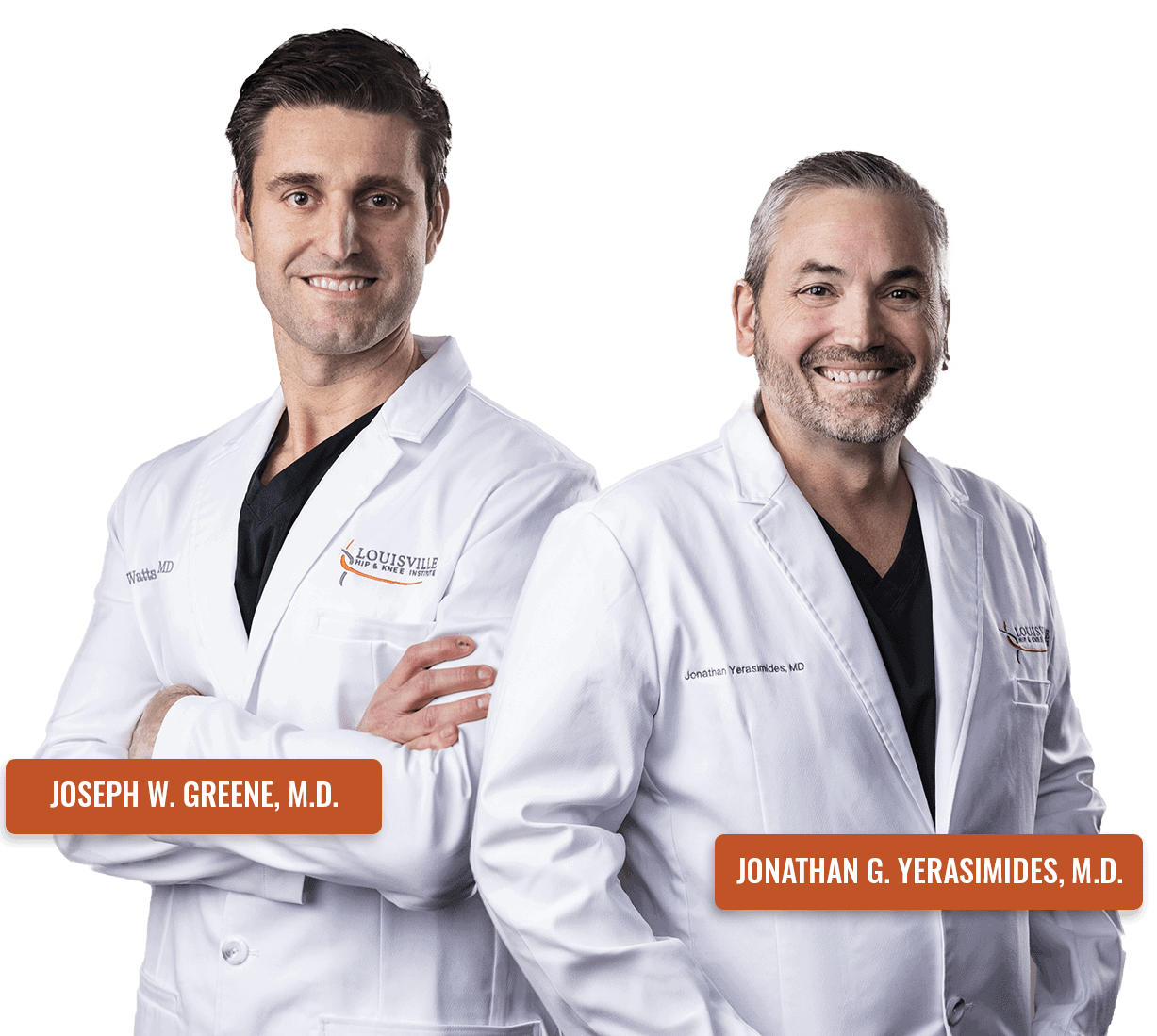 What are the origins of the word orthopaedic?
What are the origins of the word orthopaedic?- Why do some organizations use “orthopaedics” and some “orthopedics”?
- How has the practice of orthopedics changed over the years?
- When should you see an orthopedist?
Is it spelled “orthopaedic” or “orthopedic”?
You’ve probably seen it spelled both ways, but have you ever wondered why the spelling is different? Let’s look at the origins of the word and the services it describes.
What Are the Origins of the Word “Orthopaedic”?
There is no “chicken or the egg” argument about the words orthopaedic and orthopedic. The word orthopaedic came first. As the original British version of the word, it was handed down from a French physician named Nicholas Andre that coined the phrase in 1741 in his book called Orthopaedia: or the Art of Correcting and Preventing Deformities in Children. It was the beginning of the sophisticated practice of medicine eventually known in the United States as orthopaedics.
Prior to the founding of orthopaedic medicine, these doctors were simply called surgeons. Over time, this field of medicine became focused on all kinds of musculoskeletal disorders, but at first, doctors focused on physical illness that caused structural deformities such as scoliosis or polio in children. Dr. Andre combined the Greek word “orthos,” which means “straight,” with the word “paideia,” which means “the rearing of children.”
Interestingly, the illustration that Dr. Andre put into the front of his book is still used today by many orthopedic societies. The graphic showed a young crooked tree tied to a strong straight post.
Why Do Some Organizations Use “Orthopaedics” and Some “Orthopedics?”
There’s no difference in these two terms in regards to what they mean. However, some organizations prefer one spelling over the other. Generally, “orthopaedics” is regarded as the more pedantic or academic use of the term, while orthopedics is the more Americanized use of the word.
Older organizations such as the American Orthopaedic Association (AOA), were founded in 1887, long before the spelling of the word was changed. In Great Britain, orthopaedic is the most common spelling of the word. In the U.S., some providers still prefer to use the older spelling, in many cases, to honor the rich legacy that has been handed down in the field.
While the spelling of the words are slightly different, the practice of this medical specialty is the same.
How Has the Practice of Orthopaedics Changed Over the Years?
 Today, orthopaedics is the practice of repairing and treating diseases and injuries to the human musculoskeletal system. This includes:
Today, orthopaedics is the practice of repairing and treating diseases and injuries to the human musculoskeletal system. This includes:
- Bones
- Joints
- Ligaments
- Muscles
- Nerves
- Tendons
However, the practice of orthopaedics today is a far cry from what was practiced in the 1700s. We know that care for our bones and joints occurred as far back as Egyptian culture. The Greeks and Romans were the first culture that we know of that began an organized study of medicine and orthopaedic illness. Over decades of study, the practice of orthopaedics expanded to move beyond joint deformities to tackle injury during war, preventive care, and much more.
Interestingly, some of the technologies we use today still work wonders; casts and splinting techniques are two treatments that come to mind. However, the technologies and techniques we use have evolved and then modified, changing the profession in ways that not only improve health outcomes but also help patients feel more comfortable.
For example, X-rays and intramedullary rods made treating breaks and fractures much more efficient. The Encyclopedia Britannica lists just a few of the advancements in the 1900s that paved the way for modern orthopedics, including:
- Advanced knowledge of the interplay between muscle, joints, and bone
- Plaster of Paris for orthopaedic bandaging
- Tenotomy, the cutting of tendons for deformity correction
- The Thomas split, which offered better support for long bone fractures
For more than three decades, orthopaedists have been honing their craft. Today, more than 80% of orthopaedic procedures can be done on an outpatient basis, something that was unprecedented in prior years.
In 2010, Orthopedics Today celebrated 30-years of their publication. They reached out to prominent orthopaedists to ask them what they thought were some of the biggest advancements in the field during that time. One doctor said, “The procedures I perform today on my patients and the imaging capabilities that are available were not taught or even conceptualized during my residency.”
When Should You See an Orthopaedist?
 No matter how you spell it, an orthopaedist provides significant help to patients struggling with problems in their musculoskeletal systems. For people struggling with knee, back, or joint pain, or an injury that can’t heal on its own, an orthopedist can help repair and rehabilitate the problem to get you back on the road to health.
No matter how you spell it, an orthopaedist provides significant help to patients struggling with problems in their musculoskeletal systems. For people struggling with knee, back, or joint pain, or an injury that can’t heal on its own, an orthopedist can help repair and rehabilitate the problem to get you back on the road to health.
Today, the typical orthopaedic practice can help diagnose and treat pain, including:
An orthopaedic specialist works closely with massage and physical therapists. They can provide urgent care for when you’ve broken a bone. Or replace a hip joint when one has worn out. Some of the types of injuries commonly addressed by an orthopaedic surgeon include:
- A dislocated shoulder or rotator cuff tear
- Carpal tunnel syndrome or other repetitive motion injuries
- Plantar fasciitis
- Hip and knee replacement
Given that the field of orthopaedics has expanded well beyond the original focus of the specialty, many clinicians focus on one area of expertise. The Louisville Hip and Knee Institute remains focused on providing the best clinical care for their patients. We offer comprehensive treatment for a full range of hip and knee problems.
Our board-certified orthopaedists offer state-of-the-art minimally invasive surgical treatments to reconstruct and preserve the hips and knees. Whether it’s a sports injury, age, illness, or any other reason, our practice can help you regain your freedom from orthopaedic-related pain.

